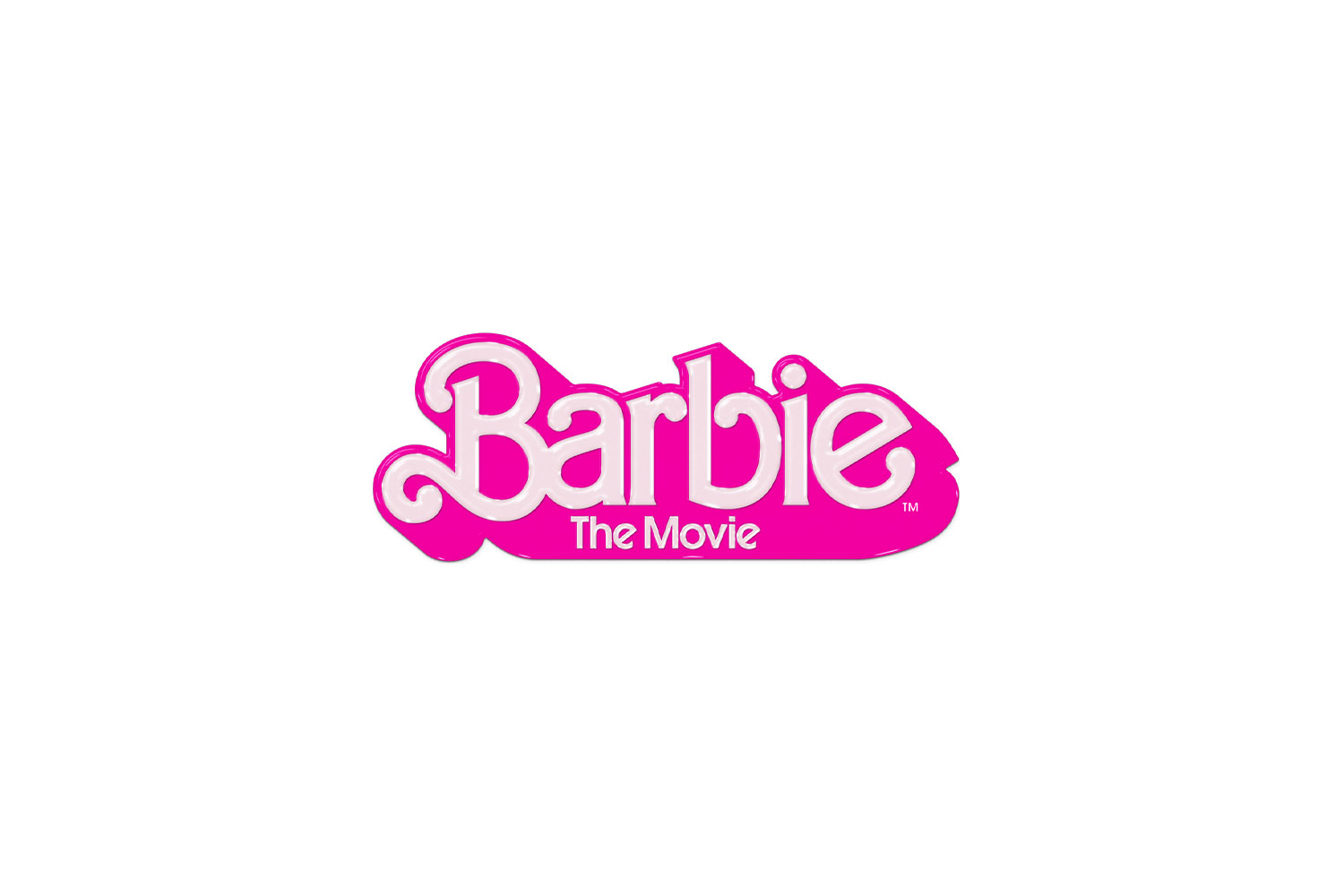
Analysis of the promotional campaign surrounding the release of the Barbie film
On July 21, 2023, the iconic American-British film Barbie, co-written and directed by Greta Gerwig, made its grand entrance into cinemas in Quebec and beyond. This is the first live-action production based on the eponymous doll, created by Mattel, which financed the film's production.
The promotional campaign surrounding its release was phenomenal, and deserves a closer look.
First and foremost, Mattel put in place various actions, both online and in real life, to ensure consistency in branding. Here are just a few of them:
- Personalization of the Google home page and other search engines
- Creation of a filter to personalize photos on social media
- Setting up a box at the entrance to movie theaters to take your own picture
On the street, we've probably all come across people, both young and old, dressed all in pink in honour of the film. Some brands and companies have been quick to engage in newsjacking, creating memes, social and advertising content inspired by the film or its characters. The trend spread to red carpets and other prestigious events, where public figures played the game of complete pink. In stores, a large number of derivative clothes and accessories were offered, and soon ran out of stock.
As communications professionals, the question to ask is undoubtedly how Mattel's strategy made the difference that led to such a resounding success.
First of all, it's important to note that in addition to promoting the film, the actions put in place helped renew Barbie's brand image: although the doll has been around for years, it has over time been accused of presenting an unrealistic ideal of beauty, and given rise to various controversies. Thus, the noise surrounding the film was a major opportunity to nurture and "dust off" the brand, and to act on people's perceptions.
The simultaneous release of the film Oppenheimer, which targets a very different audience from Barbie, had an unexpected effect on the campaign, resulting in the emergence of viral hashtags on social media ("Barbenheimer", "Oppenbarbie", "Barbieheimer"). Similarly, the creation of strategic partnerships with brands such as AirBnB and Roblox acted as an amplifier, further boosting the positive impact of the campaign.
In our field of public relations, it's a good reminder of who to associate with, how and why. This strategic approach also serves as a reminder of the importance of thinking beyond the traditional, since people or companies who a priori have nothing in common with a given sector of activity could turn out to be excellent partners for achieving common goals.
The creation of an immersive environment, including props and filters for social media as well as boxes at cinema entrances, offered individuals the chance to truly immerse themselves in the character's world. At the same time, the campaign generated a double impact: on the one hand, it consolidated the brand's appeal to young girls, and on the other, it awakened a gentle nostalgia in the more mature generations.
In short, if from a marketing and sales point of view, the film exceeded the billion-dollar box-office mark in just three weeks and was successful in merchandising sales, in terms of public relations, Barbie's brand image certainly received a phenomenal boost thanks to these communications initiatives.